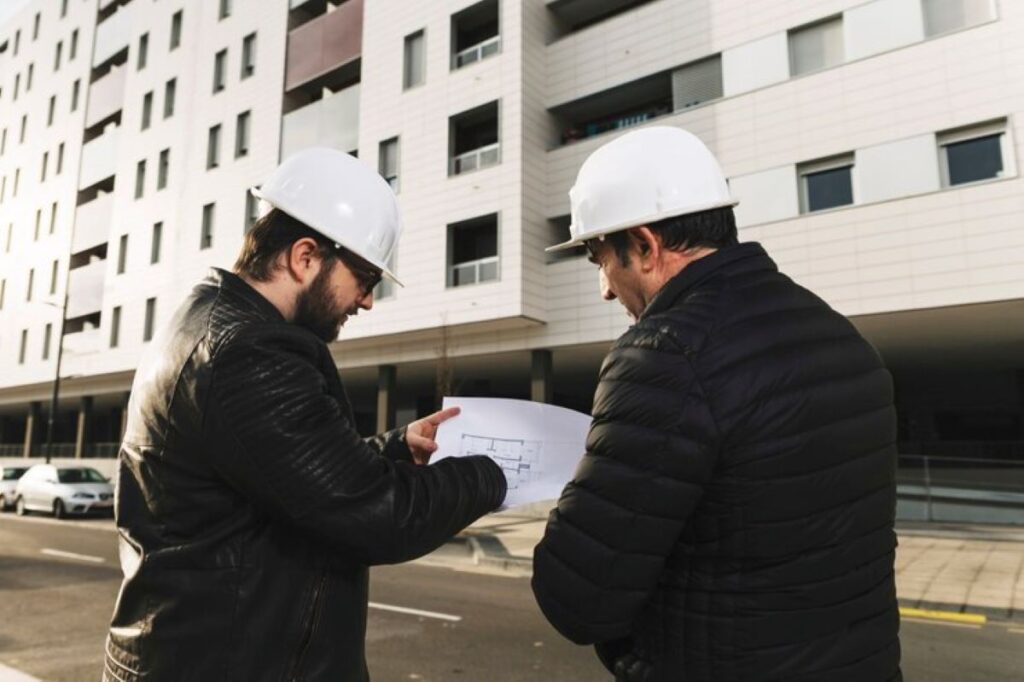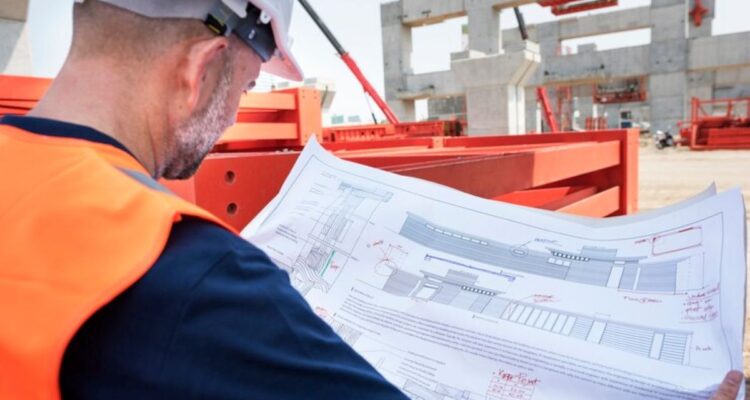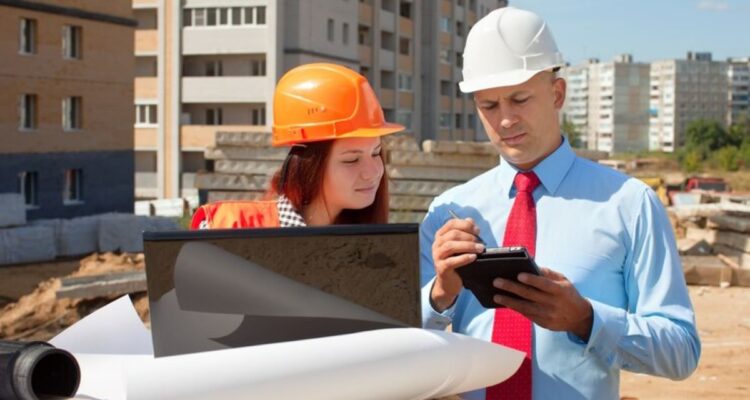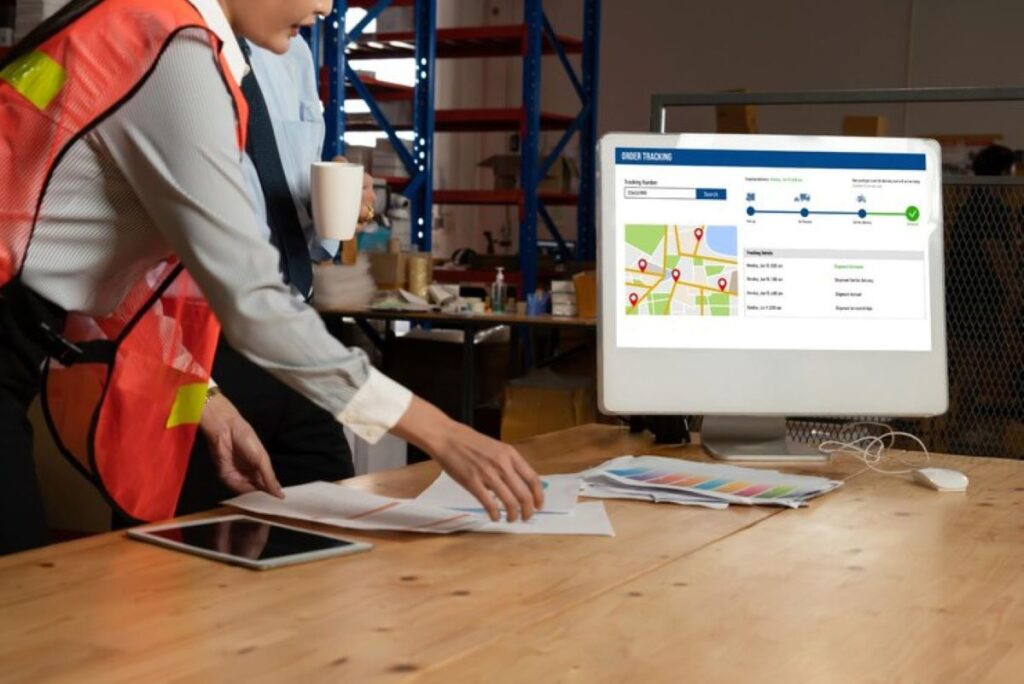Engineering surveying is a critical discipline that combines various techniques and technologies to ensure the precise measurement and mapping of land and structures. As the industry evolves, so too do the tools and technologies that surveyors employ. This article explores the latest advancements in technologies used by engineering surveyors, highlighting their applications and benefits in the field.
Global Navigation Satellite Systems (GNSS)
Global Navigation Satellite Systems (GNSS) have revolutionised the way engineering surveyors collect data. By utilising signals from satellites, surveyors can achieve high levels of accuracy in positioning and navigation.
Real-time Kinematic (RTK) Positioning
One of the most significant advancements in GNSS technology is Real-time Kinematic (RTK) positioning. This technique allows surveyors to obtain centimetre-level accuracy in real-time by using a fixed base station and a mobile receiver. The base station sends correction signals to the mobile unit, significantly enhancing the precision of measurements.
RTK positioning is particularly beneficial in construction projects, where accurate positioning is crucial for the alignment of structures. Its rapid data collection capabilities also enable surveyors to complete projects more efficiently, reducing time and costs. In addition to construction, RTK is also invaluable in agriculture, where it aids in precision farming practices. Farmers can optimise their planting patterns and reduce waste by ensuring that every seed is planted in the right location, thus maximising yield potential and minimising environmental impact.
Post-Processed Kinematic (PPK) Solutions
Another innovative GNSS technique is Post-Processed Kinematic (PPK) solutions. Unlike RTK, which provides real-time data, PPK allows surveyors to collect data and process it later. This method is particularly useful in challenging environments where satellite signals may be obstructed, such as urban canyons or heavily wooded areas.
PPK solutions offer flexibility and can be more cost-effective, as they reduce the need for a constant base station. This technology is gaining traction among surveyors who require reliable data without the constraints of real-time processing. Furthermore, PPK can be particularly advantageous in remote areas where establishing a base station may not be feasible. The ability to gather data in such locations opens up new possibilities for surveying in previously inaccessible terrains, allowing for more comprehensive mapping and analysis of natural resources, wildlife habitats, and infrastructure development.

Laser Scanning Technology
Laser scanning has emerged as a transformative technology in the field of engineering surveying. This method involves using laser beams to capture detailed 3D representations of physical objects and environments.
Terrestrial Laser Scanning (TLS)
Terrestrial Laser Scanning (TLS) is widely used for capturing high-resolution data of landforms and structures. By emitting thousands of laser pulses per second, TLS creates a point cloud that represents the scanned area in three dimensions.
The resulting data can be used for various purposes, including topographical surveys, structural analysis, and heritage documentation. TLS is particularly advantageous for complex sites where traditional surveying methods may be time-consuming or less accurate. Moreover, the precision of TLS allows for the detection of minute details that might otherwise go unnoticed, such as subtle deformations in structures or intricate features of historical monuments. This capability makes TLS an invaluable tool in fields such as archaeology, where preserving the integrity of cultural heritage is paramount.
Mobile Laser Scanning (MLS)
Mobile Laser Scanning (MLS) takes the technology a step further by enabling surveyors to capture data while in motion. Mounted on vehicles, MLS systems can quickly scan large areas, making them ideal for projects such as road surveys and urban mapping.
MLS provides a comprehensive view of the environment, allowing for efficient data collection without the need for extensive manual measurements. This technology not only enhances productivity but also improves safety by reducing the time surveyors spend on-site. In addition, MLS can be particularly beneficial in densely populated urban areas, where obstacles such as traffic and pedestrians can complicate traditional surveying methods. By integrating MLS with GPS and other positioning technologies, surveyors can achieve remarkable accuracy while navigating through complex environments, thereby streamlining the surveying process and significantly reducing project timelines.
Unmanned Aerial Vehicles (UAVs)
The use of Unmanned Aerial Vehicles (UAVs), commonly known as drones, has become increasingly popular in engineering surveying. UAVs offer a unique perspective and can access hard-to-reach areas, making them invaluable tools for surveyors. Their versatility extends beyond mere aerial photography; they can be equipped with various sensors and technologies that enhance their functionality, allowing for a wide range of applications in different fields, including construction, agriculture, and environmental monitoring.
Aerial Mapping and Photogrammetry
One of the primary applications of UAVs in surveying is aerial mapping and photogrammetry. Drones equipped with high-resolution cameras can capture images from various angles, which are then processed to create detailed orthophotos and 3D models. This innovative approach not only streamlines the surveying process but also provides a level of detail that was previously difficult to achieve without extensive manpower and time-consuming methods.
This technology allows for rapid data collection over large areas, significantly reducing the time required for traditional surveying methods. The resulting maps and models are not only accurate but also visually compelling, making them useful for presentations and stakeholder engagement. Furthermore, the integration of software that analyses these images can yield insights into land use, topography, and even potential environmental impacts, thus aiding in informed decision-making for various projects.
LiDAR Technology
LiDAR (Light Detection and Ranging) is another powerful technology that can be integrated with UAVs. By emitting laser pulses and measuring the time it takes for them to return, LiDAR systems can create highly accurate 3D representations of the terrain. This capability is particularly beneficial in densely vegetated areas where traditional surveying methods may struggle to obtain clear data.
LiDAR data is particularly useful for vegetation analysis, flood modelling, and infrastructure assessment. The ability to capture data quickly and accurately makes UAV-based LiDAR an essential tool for modern engineering surveyors. Moreover, the high-resolution data generated can be instrumental in monitoring changes over time, such as erosion patterns or the growth of urban areas, thereby providing valuable insights for long-term planning and development. As technology continues to advance, the integration of UAVs with LiDAR is expected to become even more sophisticated, further enhancing the precision and efficiency of engineering surveys.

Building Information Modelling (BIM)
Building Information Modelling (BIM) has transformed the way engineering surveyors collaborate with architects and construction teams. This digital representation of physical and functional characteristics of a building allows for better planning, design, and management throughout the project lifecycle.
Integration with Surveying Data
Surveyors can integrate their data into BIM systems, ensuring that all stakeholders have access to accurate and up-to-date information. This integration facilitates better decision-making and reduces the likelihood of errors during construction.
By using BIM, surveyors can visualise the project in 3D, allowing for more effective communication with clients and contractors. This collaborative approach enhances project efficiency and can lead to significant cost savings.
Lifecycle Management
BIM is not only beneficial during the design and construction phases but also plays a crucial role in lifecycle management. Surveyors can use BIM data for ongoing maintenance and facility management, ensuring that buildings remain functional and efficient long after construction is complete.
This holistic approach to project management is becoming increasingly important as the industry shifts towards sustainability and long-term asset management.
Augmented Reality (AR) and Virtual Reality (VR)
Augmented Reality (AR) and Virtual Reality (VR) technologies are making waves in the surveying industry by providing immersive experiences that enhance data visualisation and stakeholder engagement.
Visualisation of Survey Data
AR technology allows surveyors to overlay digital information onto the physical environment, providing a real-time view of how proposed changes will impact existing structures. This capability is particularly useful for clients and stakeholders who may struggle to interpret traditional plans and drawings.
By visualising survey data in an interactive format, AR can facilitate better understanding and communication, ultimately leading to more informed decision-making.
Training and Simulation
VR, on the other hand, offers immersive training experiences for surveyors. By simulating real-world scenarios, VR can help surveyors develop their skills in a safe and controlled environment. This technology is particularly beneficial for training new employees or for preparing teams for complex projects.
The use of VR in training can lead to improved safety and efficiency on-site, as surveyors become more adept at handling various challenges they may encounter during their work.
Conclusion
The landscape of engineering surveying is rapidly evolving, driven by technological advancements that enhance accuracy, efficiency, and collaboration. From GNSS and laser scanning to UAVs and BIM, the tools available to surveyors today are more sophisticated than ever.
As these technologies continue to develop, they will undoubtedly shape the future of engineering surveying, enabling professionals to tackle increasingly complex projects with confidence. Embracing these innovations is essential for surveyors looking to remain competitive in a dynamic industry.
Ultimately, the integration of these latest technologies not only improves the quality of surveying outcomes but also contributes to the overall success of construction and engineering projects, ensuring they are completed on time, within budget, and to the highest standards.
More to Read : Surveying Companies vs Independent Surveyors: Which Should You Choose?




